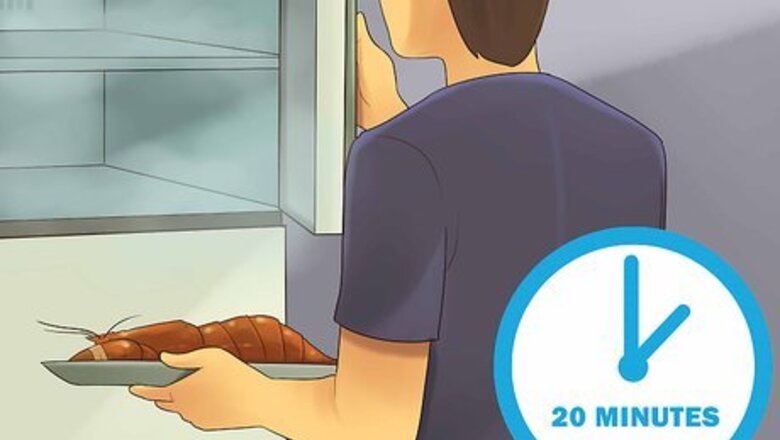
views
Cutting Through the Lobster’s Head

Numb the lobster by freezing it for 20 minutes. Place the lobster on a tray and place it in the freezer on a shelf or another flat area. This will slightly numb the lobster, making its death less painful. Freezing also slows the lobster’s movements down so that it’s easier to work with.
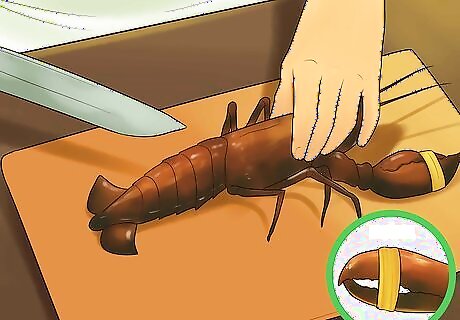
Put the lobster on a cutting board and a baking sheet. You’ll be using a large knife to kill the lobster, so pick up the lobster by its back and set the lobster on a sturdy cutting board. Also place a baking sheet underneath the cutting board so that any liquids that come out of the lobster don’t cause a mess. Although the lobster’s movements will likely be minimal, it can still potentially hurt you with its claws. Keep rubber bands wrapped around the lobster’s claws while you handle it to ensure your safety.
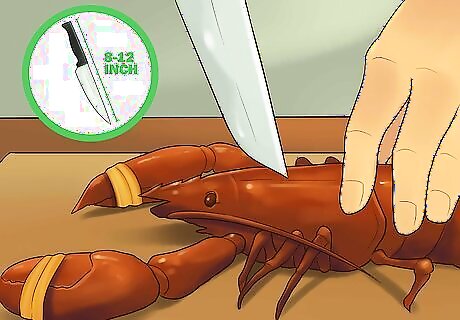
Place the tip of a large chef’s knife right behind the lobster’s eyes. Get a large, sharp chef’s knife that’s 8-12 inches (20.3-30.5 cm) long. Locate the crack of the lobster’s head, which should be centered between the eyes and about an inch or two (2.5-5 cm) behind them. Keep the lobster still by holding it firmly with your nondominant hand. Then place the tip of your knife on this spot with the blade facing the front of the head.

Slice down through the lobster’s head. Make a strong, swift cut with the knife between the eyes and through the entire head. This will cut off the lobster’s central nervous system, ensuring that it doesn’t feel pain. Don’t be alarmed if the lobster’s legs, tail, and/or claws continue to move after you’ve killed the lobster. These are simply post mortem muscle twitches, which happen after death as a result of chemicals releasing from the lobster’s nerve endings.
Boiling the Lobster

Freeze the lobster for 2 hours. Freezing live lobster for this amount of time will put it into a comatose-like state, which will greatly lessen the pain that it may feel. Put it in the freezer or close it in a container filled with ice for 2 hours or so.
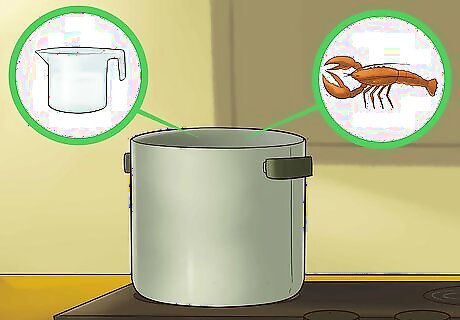
Fill a pan with saltwater. Get a pan that’s large and deep enough for the lobster to fit in. Fill the pan with cold saltwater, and place it on a burner on your stove.
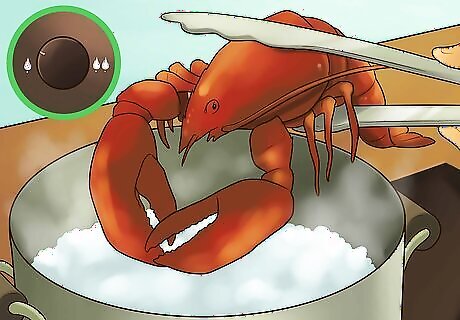
Put the lobster in the pan. Make sure the lobster is too cold to move at all to ensure that it’s in a comatose-like state. Then submerge the frozen lobster in the water and set the burner to low heat.
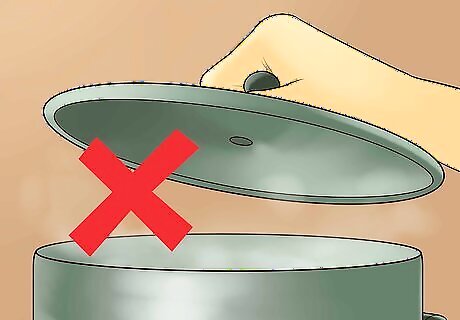
Slowly bring the water to a boil. After a couple of minutes, turn the heat up slightly. Continue turning the heat up in small amounts until the water is boiling. This shouldn’t take longer than about 10 minutes. The lobster will be dead before the water is brought to a boil. Don’t put a lid on the pan. This will bring the water to a boil quicker, while the goal is to keep this process somewhat gradual.
Electrocuting the Lobster
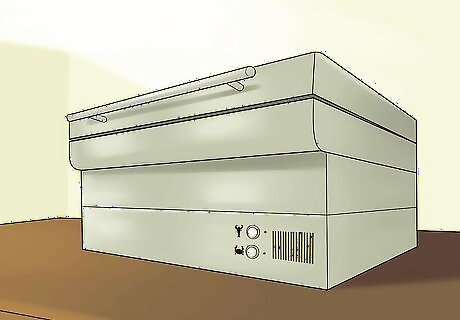
Get a CrustaStun machine. The CrustaStun is a more recent invention that was created to kill shellfish quickly, humanely, and without making too much of a mess. This machine works with electricity, and comes in both industrial-sized (for restaurants) and countertop models that are the size of a small suitcase.
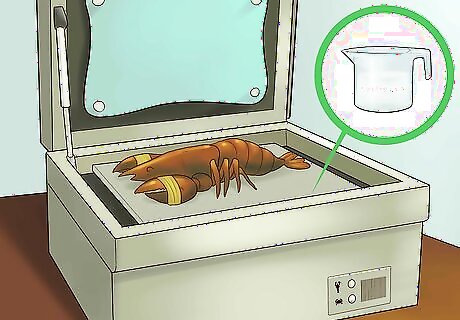
Fill the CrustaStun with saltwater and put the lobster in. The CrustaStun has a tank that you’ll need to fill with saltwater before using the machine. Once you’ve done that, pick up the lobster by its back where its tail meets its body and place it onto the tray in the Crustastun. Make sure that the lobster’s claws are held closed with rubber bands before you handle it.

Press the stun button. Close the lid and simply press the stun button and the lobster will be shocked. This will make the lobster go unconscious within half a second and die within ten.

Remove the lobster from the CrustaStun. After you’ve pressed the stun button, open the lid and take the lobster off of the tray. Don’t worry about getting shocked; the electric current only affects the inside of the machine and is only possible when the lid is closed and the button is pressed.











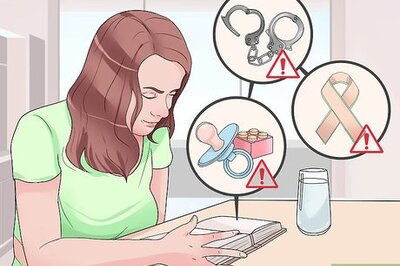




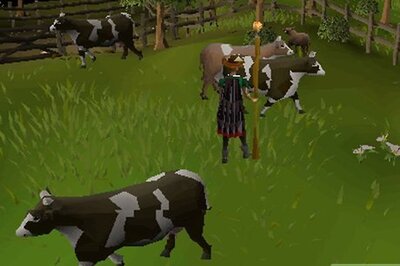

Comments
0 comment